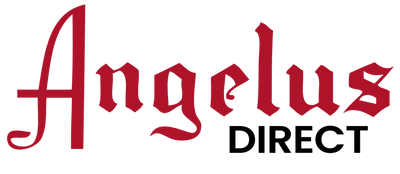Creating art can be challenging without the right tools, and this is especially true for painting. While having high-quality paint is essential, it only goes so far if you aren't using high-quality paint brushes. For artists working with acrylics, including those using shoe paint brushes, the right brush makes all the difference.

To get started, let's look at some standard paint brushes commonly used with acrylic paints. If you're searching for the best Angelus paint brush, understanding these basics is key:
The Filbert brush is an excellent all-around brush to begin with when considering shoe paint brushes or general acrylic artwork.

Think of this as your general, all-around (no pun intended) brush that's something of a cross between a Round brush and a Flat Brush. Filberts can be used for details if need be and it can cover space or be used for blending.
Moving on, the Round brush becomes more specialized, especially when considering shoe paint brushes.

Round brushes excel at filling in smaller spaces, outlining shapes, and adding certain details. It's a reliable type of paint brush, but there are many others suited to different painting tasks, particularly if you need specialized shoe paint brushes.
Next, there's Pointed Round.

As the name implies, very similar to the Round tip, but narrower for finer details, spotting and line work.

Flat brushes are great for filling in wide spaces and shading. When you need a larger area covered, flat brushes are your best bet for those bold strokes.
An Angular Flat brush has a similar shape to a Flat of course, but the Angular aspect changes up its function.

Much like a Flat brush, this one can cover larger spaces if need be. The angular tip is made for curved strokes and filling in corners.
Finally, we come to the Detail brush, often regarded as the best Angelus paint brush for highly intricate work.

As one would assume, Detail brushes are made for very fine, minute details. Imagine painting a portrait the size of a quarter underneath pull tab on the back a sneaker. It's very doable, and a detail brush is the way to pull that off.
